Oto jak to wygląda: sprzęt do wyścigów narciarskich dzieli się na dwie główne kategorie - FIS legal race skis oraz narty wyścigowe 'beer league'. Wybór odpowiedniego może zadecydować o Twoim czasie na stoku. Oto szybkie podsumowanie:
- FIS Legal Race Skis: Stworzone na elitarne zawody, takie jak Igrzyska Olimpijskie. Są precyzyjne, sztywne i wymagają siły oraz umiejętności. Idealne dla profesjonalistów, ale przytłaczające (i drogie) dla amatorów.
- Narty wyścigowe 'Beer League': Zaprojektowane do rekreacyjnych wyścigów. Są łatwiejsze w obsłudze, bardziej wybaczające błędy i przyjazne dla budżetu. Idealne do poprawy umiejętności i zabawy na lokalnych zawodach lub wydarzeniach NASTAR.
Jeśli nie gonisz za złotymi medalami, narty 'beer league' są dla Ciebie. A jeśli szukasz czegoś zupełnie innego, Snowfeet oferuje kompaktowy, przyjazny użytkownikowi sprzęt, który działa z normalnymi butami i mieści się w plecaku. To narciarstwo, uproszczone.
Szybkie porównanie
| Funkcja | Narty wyścigowe zgodne z FIS | "Narty 'Beer League'" | Sprzęt Snowfeet |
|---|---|---|---|
| Cel | Elitarne zawody | Rekreacyjne wyścigi | Zabawa i rekreacyjne użytkowanie |
| Poziom umiejętności | Zaawansowany do eksperta | Średniozaawansowany do zaawansowanego | Wszystkie poziomy |
| Elastyczność | Sztywny i wymagający | Miększy, łatwiejszy do kontrolowania | Lekki, prosty |
| Przedział cenowy | $$$$ | $$-$$$ | $150–$690 |
| Kompatybilność butów | Specjalistyczne buty narciarskie | Buty narciarskie | Zwykłe buty zimowe |
Niezależnie od tego, czy gonisz za prędkością, poprawiasz skręty, czy po prostu dobrze się bawisz, jest dla Ciebie odpowiedni zestaw. Zanurzmy się w szczegóły!
FIS kontra REGULAR SKIS | Jaka jest różnica?

Zasady i standardy dla każdego typu
Zasady dotyczące nart wyścigowych różnią się znacznie między zawodami profesjonalnymi a rekreacyjnym ściganiem, a te różnice wpływają na wszystko, od projektu i wydajności po cenę.
Zasady FIS dla profesjonalnych nart wyścigowych
W imprezach zatwierdzonych przez FIS, narty wyścigowe muszą spełniać surowe wytyczne. Obejmują one konkretne wymagania dotyczące promienia skrętu, długości, flexu, krawędzi, a nawet wosku. Aby zapewnić zgodność, narty przechodzą formalne testy. Marki takie jak Rossignol i Atomic poświęcają znaczne zasoby, aby spełnić te szczegółowe standardy, co bezpośrednio przekłada się na wyższą cenę nart zatwierdzonych przez FIS.
Luźniejsze zasady dla rekreacyjnych wyścigów
Z drugiej strony, rekreacyjne wyścigi - takie jak wydarzenia NASTAR czy lokalne zawody klubów narciarskich - mają znacznie luźniejsze zasady. Bezpieczeństwo i użyteczność mają pierwszeństwo przed precyzyjnymi pomiarami. Ta elastyczność oznacza, że zawodnicy mogą używać szerszej gamy nart, od modeli all-mountain po carvingowe, co czyni to bardziej dostępną i przystępną opcją dla amatorskich zawodników.
Porównanie standardów
| Specyfikacja | Narty wyścigowe zgodne z FIS | Rekreacyjne narty wyścigowe |
|---|---|---|
| Długość i promień skrętu | Musi spełniać surowe regulacje | Brak sztywnych wymagań |
| Testowanie konstrukcji | Wymaga formalnej certyfikacji | Skupia się na podstawowym bezpieczeństwie |
| Flex, krawędzie i wosk | Podlegają szczegółowym standardom wydajności | Elastyczne, o ile bezpieczne w użyciu |
Te różnice w standardach wyjaśniają, dlaczego profesjonalne narty wyścigowe mogą wydawać się zbyt skomplikowane - i drogie - dla przeciętnego narciarza. Właśnie tutaj pojawiają się alternatywy takie jak Snowfeet* Skiblades. W przeciwieństwie do tradycyjnych marek skupiających się na zgodności z FIS, Snowfeet* stawia na zabawę i prostotę. Omijając surowe regulacje, oferują sprzęt łatwiejszy w użyciu, a jednocześnie zapewniający solidne osiągi dla rekreacyjnego narciarstwa.
Konstrukcja i cechy techniczne
Narty zgodne z FIS i narty z 'beer league' różnią się nie tylko ceną - są też inaczej zbudowane. Te różnice konstrukcyjne wpływają na wszystko, od ich zachowania na stoku po koszt. Rozłóżmy to na czynniki pierwsze i zobaczmy, jak te wariacje wpływają na twoje doświadczenia narciarskie.
Narty zgodne z FIS: Zaprojektowane pod kątem szybkości i precyzji
Narty wyścigowe zgodne z FIS to przede wszystkim wydajność. Są wykonane z wielowarstwową konstrukcją i wzmocnionymi rdzeniami, co zapewnia stabilność potrzebną do szybkich zjazdów. Ich precyzyjne kształtowanie i sztywny wzór flex wymagają siły i umiejętności od narciarza, czyniąc je narzędziem dla poważnych sportowców. Dodatkowo ich krawędzie są specjalnie traktowane, aby wytrzymać intensywne, powtarzalne użytkowanie.
Narty 'Beer League': Wyluzowane i wszechstronne
Rekreacyjne narty wyścigowe z kolei są zaprojektowane z myślą o codziennym narciarzu. Zbudowane z prostszych materiałów rdzenia i z miększym flexem, są łatwiejsze w obsłudze. Te narty mają na celu zrównoważenie przyzwoitej wydajności carvingu z wybaczającym i wszechstronnym designem, idealnym dla tych, którzy chcą cieszyć się stokiem bez fizycznych wymagań sprzętu profesjonalnego.
Porównanie obu
Oto szybki przegląd, jak te narty się prezentują:
- FIS legalne narty wyścigowe: Dłuższe, wzmocnione rdzenie, sztywne wzory flexu i precyzyjne krawędzie. Stworzone dla doświadczonych narciarzy dążących do wysokich prędkości.
- Rekreacyjne narty wyścigowe: Krótsze, prostsze rdzenie, miększy flex i bardziej wybaczający design. Idealne na różne warunki śniegowe i dla casualowych zawodników.
Te różnice wyjaśniają, dlaczego narty wyścigowe legalne w FIS mogą być przytłaczające dla mniej doświadczonych narciarzy. Właśnie tutaj pojawiają się alternatywy takie jak Snowfeet*.
Snowfeet* podchodzi inaczej ze swoimi Skiblades i Skiskates. Zamiast trzymać się wymagających specyfikacji wyścigów, produkty Snowfeet* są lekkie i łatwe w użyciu. Ten design usuwa techniczne przeszkody, czyniąc je świetną opcją dla zimowych sportowców na każdym poziomie umiejętności.
Wydajność i łatwość użytkowania
To, jak narty zachowują się na stoku, często zależy od ich konstrukcji. A jeśli chodzi o narty FIS kontra narty 'beer league', różnica jest jak dzień i noc.
Jak sprawdzają się narty FIS
Narty FIS są stworzone do szybkości i precyzji, ale nie dla osób o słabym sercu. Doskonale sprawdzają się pod kontrolą narciarzy z wyrafinowaną techniką i poważną siłą nóg. Jeśli kiedykolwiek oglądałeś profesjonalnego zawodnika pędzącego po trasie, widziałeś te narty w akcji – są stabilne, szybkie i niezwykle precyzyjne w ruchach.
Ale jest haczyk: są bezlitosne. Narty FIS wymagają wiele od narciarza. Szybkie skręty? Potrzebujesz silnych nóg i solidnej kontroli krawędzi. A jeśli twoja technika nie jest na poziomie, te narty szybko ci to pokażą. Dla wielu rekreacyjnych narciarzy mogą być męczące po kilku zjazdach.
Jak sprawdzają się narty 'Beer League'
A co z nartami 'beer league'? To jak wyluzowany kuzyn nart FIS. Zaprojektowane z miększym flexem i krótszą długością, są znacznie łatwiejsze w obsłudze. Skręty są płynniejsze, a one nie męczą tak szybko, co oznacza, że możesz cieszyć się całym dniem na stoku, nie czując się jak po maratonie.
Chociaż mogą nie dorównywać niezawodnej stabilności nart FIS przy dużych prędkościach, nadrabiają to wszechstronnością. Niezależnie od tego, czy suniesz po przygotowanych trasach, czy ślizgasz się po ubitym śniegu, te narty dobrze się dostosowują, co czyni je ulubieńcami casualowych zawodników i codziennych narciarzy.
Które narty sprawdzają się na różnych poziomach umiejętności
Dla początkujących narty 'beer league' są zazwyczaj lepszym wyborem. Są bardziej wybaczające i mniej onieśmielające, choć nawet one mogą być nieco trudne dla zupełnie nowych narciarzy.
Narciarze średniozaawansowani z kolei uznają narty 'beer league' za świetne narzędzie do doskonalenia carvingu. Dają wystarczającą informację zwrotną, by poprawić technikę, nie będąc przy tym zbyt wymagającymi. Narty FIS mogą jednak na tym etapie być przytłaczające.
Zaawansowani narciarze stają przed wyborem. Jeśli masz siłę i umiejętności, narty FIS mogą dostarczyć adrenaliny, zwłaszcza podczas krótkich, intensywnych zjazdów. Ale na dłuższe dni na stoku wielu zaawansowanych narciarzy wybiera narty 'beer league' ze względu na połączenie komfortu i osiągów.
Inna ścieżka: Snowfeet*
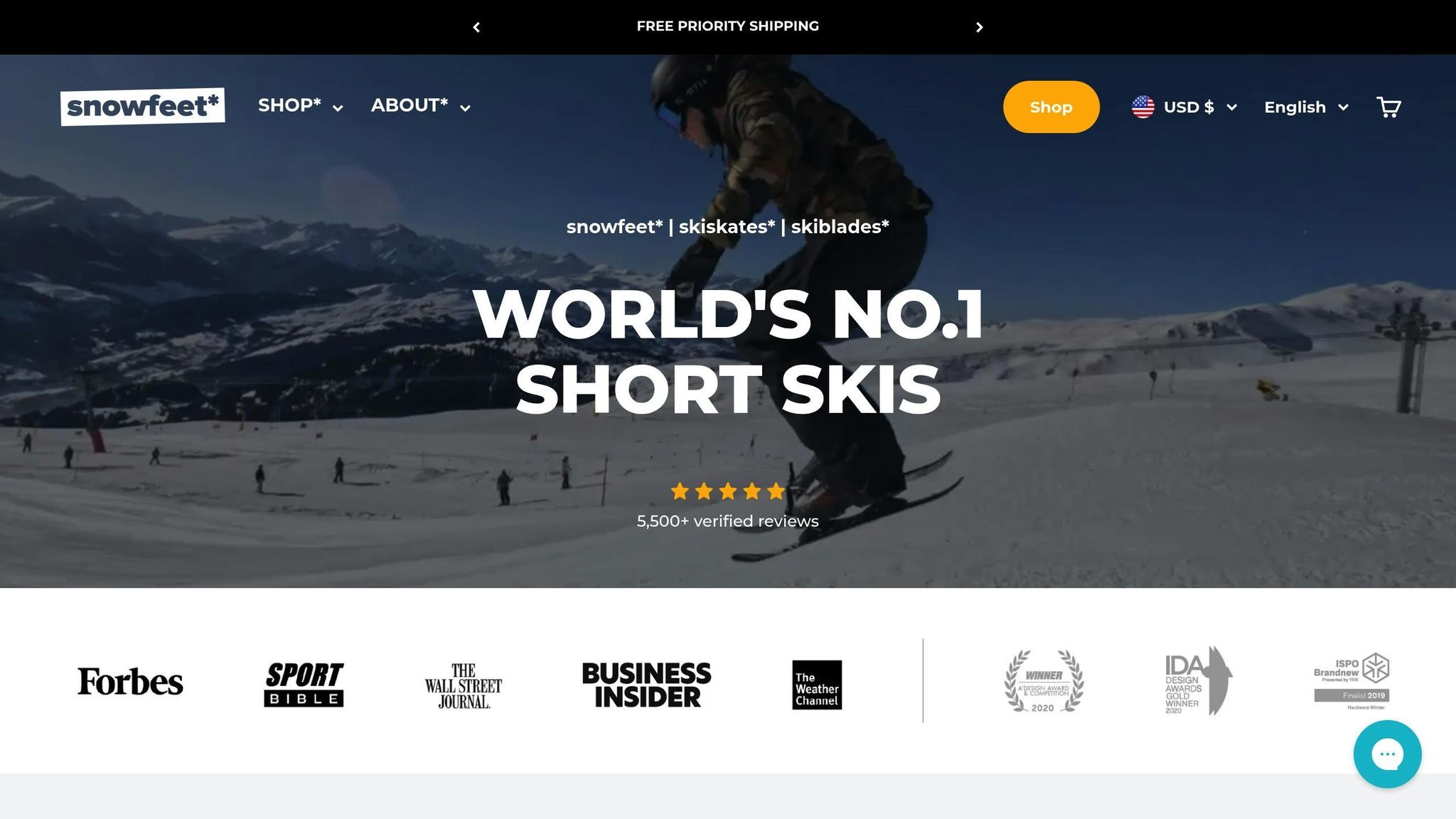
Dla tych, którzy chcą spróbować czegoś zupełnie innego, produkty Snowfeet* oferują świeże spojrzenie na zabawę na stoku. Ich Skiblades i Skiskates to przede wszystkim natychmiastowa radość i prostota. W przeciwieństwie do tradycyjnych marek narciarskich jak Rossignol, Salomon czy K2, które skupiają się na długości i sztywności, Snowfeet* stawia na zabawne i responsywne projekty. Są łatwe w kontroli, nie wymagają intensywnego wysiłku fizycznego i pozwalają od razu wejść w akcję bez stromego progu nauki typowego dla nart FIS czy 'beer league'. Jeśli szukasz zabawnego, bezproblemowego sposobu na cieszenie się śniegiem, to może być właśnie twoja droga.
sbb-itb-17ade95
Snowfeet* Skiblades i Skiskates: Inne podejście
Snowfeet* Skiblades i Skiskates wprowadzają zupełnie nową energię do sportów zimowych. Kompaktowe i sprytnie zaprojektowane, skupiają się na tym, by stoki były bardziej zabawne i dostępne. Przyjrzyjmy się, co je wyróżnia i dlaczego przyciągają uwagę.
Co wyróżnia produkty Snowfeet*?
Snowfeet* przewraca tradycyjną filozofię narciarstwa do góry nogami. Zamiast polegać na przekonaniu, że dłuższe narty oznaczają lepsze osiągi, skupiają się na mniejszych, bardziej zwinnych konstrukcjach. W ich ofercie znajdziesz Snowfeet* Mini Ski Skates (zaledwie 38 cm, czyli około 15 cali) oraz Snowfeet* Short Skis (120 cm, czyli około 47 cali). Najlepsze? Nie potrzebujesz specjalnych butów. Działają z twoimi zwykłymi butami zimowymi, butami narciarskimi, a nawet butami snowboardowymi. Bez ciężkiego, drogiego obuwia.
Kolejna zaleta? Przenośność. W przeciwieństwie do tradycyjnych nart, które wymagają bagażników dachowych lub dużych pokrowców, sprzęt Snowfeet* jest na tyle lekki, że zmieści się w plecaku. Niezależnie od tego, czy wybierasz się w góry, eksplorujesz szlaki, czy po prostu bawisz się na podwórku, łatwo je zabrać ze sobą. Co więcej, są wszechstronne – możesz ich używać na przygotowanych stokach, w snowparkach, na szlakach turystycznych, a nawet na lokalnym pagórku.
Dlaczego wybrać Snowfeet* zamiast tradycyjnych nart lub snowboardów?
Snowfeet* to świeże podejście do sprzętu zimowego. Tradycyjne narty i snowboardy mają zwykle stromą krzywą nauki, wymagającą godzin praktyki, by poczuć się pewnie. Z Snowfeet* możesz od razu zacząć cieszyć się stokiem. Są zaprojektowane do szybkiego opanowania, co czyni je fantastycznym wyborem dla początkujących lub tych, którzy szukają bardziej swobodnej zabawy.
Są też łagodniejsze dla twojego ciała. Tradycyjne narty i snowboardy często wymagają dużo siły nóg i wytrzymałości, co może szybko cię zmęczyć. Produkty Snowfeet* z kolei zostały zaprojektowane z myślą o całodniowym komforcie. Możesz spędzić więcej czasu na zabawie, a mniej na zmęczeniu.
Porozmawiajmy o kosztach. Snowfeet* oferuje budżetową alternatywę dla tradycyjnego sprzętu. Mini Ski Skates zaczynają się już od 150 USD, a cena sięga około 690 USD, co czyni je bardziej przystępną opcją w porównaniu z wieloma tradycyjnymi zestawami.
Snowfeet* kontra tradycyjny sprzęt: szybkie porównanie
| Funkcja | Produkty Snowfeet* | Tradycyjne narty/snowboardy |
|---|---|---|
| Krzywa nauki | Szybkie - większość użytkowników łapie to w ciągu dnia | Dłuższe, często wymagające dni praktyki |
| Kompatybilność butów | Działa z zwykłymi butami zimowymi, narciarskimi lub snowboardowymi | Wymaga specjalistycznych butów |
| Przenośność | Lekki, mieści się w plecaku | Nieporęczne, wymagają bagażników dachowych lub pokrowców |
| Wszechstronność terenu | Nadają się na stoki, do parków, na trasy i do ogrodów | Przede wszystkim zaprojektowane dla ośrodków narciarskich |
| Przedział cenowy | $150 – $690 | Zazwyczaj wyższe, w zależności od marki i typu |
| Wymagania fizyczne | Mniejsza, pozwalająca na dłuższe sesje | Większa ze względu na rozmiar i wagę |
| Przestrzeń do przechowywania | Minimalna | Wymaga znacznej przestrzeni do przechowywania |
Założyciele Zbynek i Michael nie tylko tworzą sprzęt – budują ruch. Ich marzenie? Uczynić skiskating sportem olimpijskim. Podczas gdy tradycyjne marki często kierują się do doświadczonych sportowców, Snowfeet* stawia na to, by sporty zimowe były dla każdego.
Z Snowfeet* możesz zapomnieć o dźwiganiu ciężkiego sprzętu czy spędzaniu godzin na nauce. To wszystko o prostocie, zabawie i dostępności dla każdego, kto chce wyjść na śnieg.
Jak wybrać odpowiedni sprzęt
Wybór odpowiednich nart to kwestia znajomości swoich celów, poziomu umiejętności i rodzaju doświadczenia, jakiego oczekujesz na stoku. Różny sprzęt służy różnym celom, a zły wybór może zamienić świetny dzień w frustrujący.
Kiedy wybrać narty wyścigowe legalne w FIS
Narty wyścigowe legalne w FIS są zaprojektowane do elitarnej rywalizacji. Jeśli startujesz w oficjalnych zawodach, maksymalnie rozwijasz technikę lub jesteś narciarzem z najwyższej półki, te narty mogą być dla Ciebie odpowiednie.
Te narty nie są dla osób o słabym sercu. Są cięższe, sztywniejsze i wymagają wyjątkowej siły, kondycji oraz precyzji, by je dobrze opanować. Błędy? Te narty ich nie wybaczą. Błyszczą na oblodzonych, przygotowanych trasach wyścigowych, ale w innych warunkach mogą być uciążliwe.
Podsumowując: narty FIS są dla doświadczonych, silnych narciarzy, którzy stawiają wydajność ponad wszechstronność. Jeśli to nie Ty, spójrzmy na bardziej wyrozumiałą opcję.
Kiedy wybrać 'Beer League' Skis
Beer league skis – znane również jako narty nie-FIS, citizen race lub performance skis – oferują połączenie technologii na poziomie wyścigowym z dużo większą wyrozumiałością. To świetny wybór, jeśli chcesz wysokich osiągów bez ekstremalnych wymagań nart FIS.
Te narty są idealne dla rekreacyjnych zawodników startujących w NASTAR, zawodach masters lub lokalnych konkursach. Dają uczucie wyścigowe, ale radzą sobie z różnorodnymi warunkami z łatwością. Można je traktować jako złoty środek: poważna wydajność z odrobiną wszechstronności.
Najlepsze jest to, że są fantastyczne do freeskiingu. Beer league skis pozwalają odkrywać górę bez karania za próbowanie różnych kształtów skrętów czy zjeżdżanie poza przygotowane trasy. Są łatwiejsze do kontrolowania i mniej wymagające fizycznie niż narty FIS, co czyni je idealnymi dla zaawansowanych, ale nie elitarnych narciarzy.
Dlaczego Snowfeet* może być Twoim najlepszym wyborem
Jeśli szukasz czegoś zupełnie innego, sprzęt Snowfeet* może Cię zaskoczyć. To wszystko o zabawie, elastyczności i dostępności, co czyni go idealnym dla każdego, kto chce zachować prostotę i przyjemność.
W przeciwieństwie do tradycyjnych nart, które wymagają lat praktyki i poważnego wysiłku fizycznego, sprzęt Snowfeet* jest przyjazny dla początkujących i łatwy do opanowania. Większość osób łapie to w zaledwie jeden dzień. Dodatkowo możesz używać ich z zwykłymi zimowymi butami, butami narciarskimi lub snowboardowymi - bez potrzeby specjalistycznego obuwia.
Co je wyróżnia? Ich wszechstronność. Podczas gdy narty FIS i 'beer league' są stworzone na stoki, sprzęt Snowfeet* działa na stokach, w parkach, na szlakach turystycznych, a nawet w Twoim ogródku. Są też przyjazne dla portfela, z cenami od 150 do 690 dolarów, i na tyle lekkie, że mieszczą się w plecaku.
Jeśli szukasz prostego, ekonomicznego rozwiązania nastawionego na zabawę, warto rozważyć sprzęt Snowfeet*. Niezależnie od tego, czy jesteś początkującym, czy po prostu chcesz spróbować czegoś innego, oferują łatwy start w sporty zimowe bez rezygnacji z wszechstronności czy przystępności cenowej.
Podsumowanie: Znalezienie idealnego zimowego sprzętu
Sprzęt do sportów zimowych nie musi być przytłaczający. Weźmy na przykład narty wyścigowe zgodne z FIS - są stworzone na oblodzone trasy i wymagają najwyższych umiejętności i techniki. Te narty to precyzja i szczytowa wydajność, co czyni je wyborem dla poważnych sportowców gotowych poświęcić się swojej pasji.
Z kolei narty wyścigowe 'beer league' stanowią kompromis. Oferują mieszankę wydajności i wybaczalności, co czyni je idealnymi dla rekreacyjnych zawodników lub zaawansowanych narciarzy, którzy chcą carvingować z pewnością siebie - bez intensywności sprzętu na poziomie FIS.
A potem jest Snowfeet*, które przewraca tradycyjne zimowe sporty do góry nogami. Z ponad 50 000 użytkowników na całym świecie i znakomitą oceną 4,9 na 5 z ponad 5 500 zweryfikowanych recenzji, Snowfeet* udowadnia, że mniejsze, prostsze konstrukcje mogą dostarczyć mnóstwo zabawy. Te sprytne produkty działają z zwykłymi zimowymi butami, mieszczą się w plecaku, a większość osób opanowuje je w około 5 minut. Dodatkowo, ceny wahają się od 150 do 690 dolarów, co czyni je bardziej przystępną opcją w porównaniu z tradycyjnym sprzętem.
Kluczem jest dopasowanie sprzętu do Twoich celów. Niezależnie od tego, czy ścigasz się na nartach FIS, cieszysz się swobodnym carvingiem na nartach 'beer league', czy szukasz czystej, bezproblemowej zabawy ze Snowfeet*, każdy znajdzie coś dla siebie. Jeśli minimalny wysiłek i maksymalna przyjemność są Twoimi priorytetami, Snowfeet* może być idealnym wyborem na Twoją następną przygodę.
Najczęściej zadawane pytania
Jaka jest różnica między nartami wyścigowymi zgodnymi z FIS a nartami wyścigowymi 'beer league' pod względem konstrukcji i osiągów?
FIS legal race skis są zaprojektowane do rywalizacji na najwyższym poziomie, spełniając surowe regulacje zapewniające uczciwość i wydajność. Te narty są wykonane z zaawansowanych materiałów, takich jak warstwy karbonu czy fiberglassu, i mają pełną konstrukcję sandwichową. Efekt? Niezrównana prędkość, precyzja i stabilność, dostosowane do doświadczonych zawodników, którzy wymagają maksymalnej wydajności na trasie.
Tymczasem 'beer league' race skis są przeznaczone dla rekreacyjnych i amatorskich zawodników. Wykonane z prostszych, bardziej wytrzymałych materiałów – takich jak warstwowy fiberglass czy płyty titanalowe – skupiają się na łatwości użytkowania i trwałości. Choć nadal oferują solidne osiągi, te narty są bardziej wybaczające, co czyni je świetnym wyborem dla rekreacyjnych narciarzy, którzy chcą cieszyć się wyścigami bez intensywności sprzętu na poziomie profesjonalnym.
Dlaczego FIS race skis są droższe i mniej praktyczne dla rekreacyjnych narciarzy?
FIS race skis są zaprojektowane tak, aby spełniać surowe standardy zawodów, co ma duży wpływ zarówno na ich cenę, jak i na to, jak nadają się dla codziennych narciarzy. Te narty muszą spełniać konkretne wymagania dotyczące długości, szerokości talii i promienia skrętu. Spełnienie tych wymagań wymaga zaawansowanych technik produkcji, co naturalnie czyni je droższymi niż narty rekreacyjne. Modele rekreacyjne z kolei skupiają się na łatwości użytkowania, a nie na przestrzeganiu profesjonalnych regulacji.
Kolejną kluczową różnicą jest sposób, w jaki te narty się prowadzą. FIS race skis są zazwyczaj sztywniejsze, dłuższe i znacznie mniej wybaczające błędy, co może sprawiać trudności w kontroli przeciętnemu narciarzowi. Są idealne do szybkich wyścigów i zawodów, ale nie są najlepszym wyborem dla rekreacyjnych narciarzy czy początkujących, którzy potrzebują czegoś łatwiejszego do opanowania i bardziej wszechstronnego na różne rodzaje terenu.
Dlaczego powinienem wybrać sprzęt Snowfeet zamiast tradycyjnych nart lub snowboardów?
Sprzęt Snowfeet wnosi świeże podejście do sportów zimowych, oferując lekki, przenośny i bardzo łatwy w użyciu wybór dla miłośników śniegu. W przeciwieństwie do masywnych nart czy snowboardów, te kompaktowe cuda są łatwe do przenoszenia, co czyni je idealnymi na szybkie wypady lub spontaniczne zimowe przygody. Niezależnie od tego, czy suniesz po miejskich ulicach, wijesz się leśnymi ścieżkami, czy zjeżdżasz po przygotowanych stokach, Snowfeet poradzi sobie ze wszystkim.
Jedną z najfajniejszych rzeczy w Snowfeet jest ich dostępność. Kosztują mniej niż tradycyjny sprzęt i są znacznie prostsze do opanowania, co czyni je idealnymi dla początkujących lub każdego, kto chce pominąć kłopoty i od razu zanurzyć się w zabawie. Nie zapominajmy też o ich zabawnym designie – dodaje on unikalnego, radosnego akcentu Twojemu czasowi na śniegu, czyniąc je obowiązkową propozycją dla każdego, kto chce urozmaicić swoją zimową rutynę.
Powiązane wpisy na blogu
- Jaka jest różnica między nartami dla początkujących, średniozaawansowanych i zaawansowanych?
- Czy drogie narty są zawsze lepsze? Przegląd wartości i wydajności (2025)
- Czy warto inwestować w narty na poziomie 'PRO', jeśli jestem tylko rekreacyjnym użytkownikiem?
- Czym są 'Race Skis' i czy nadają się dla rekreacyjnych narciarzy?

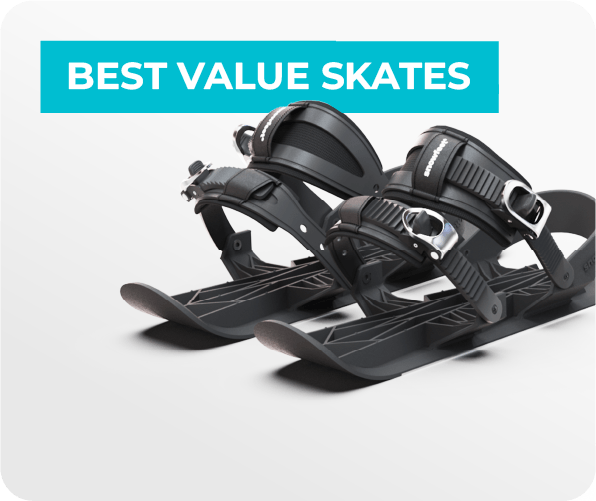



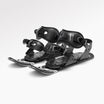
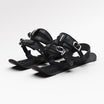
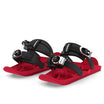
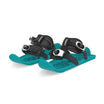

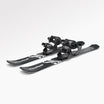

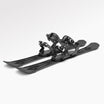
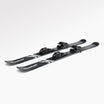






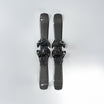
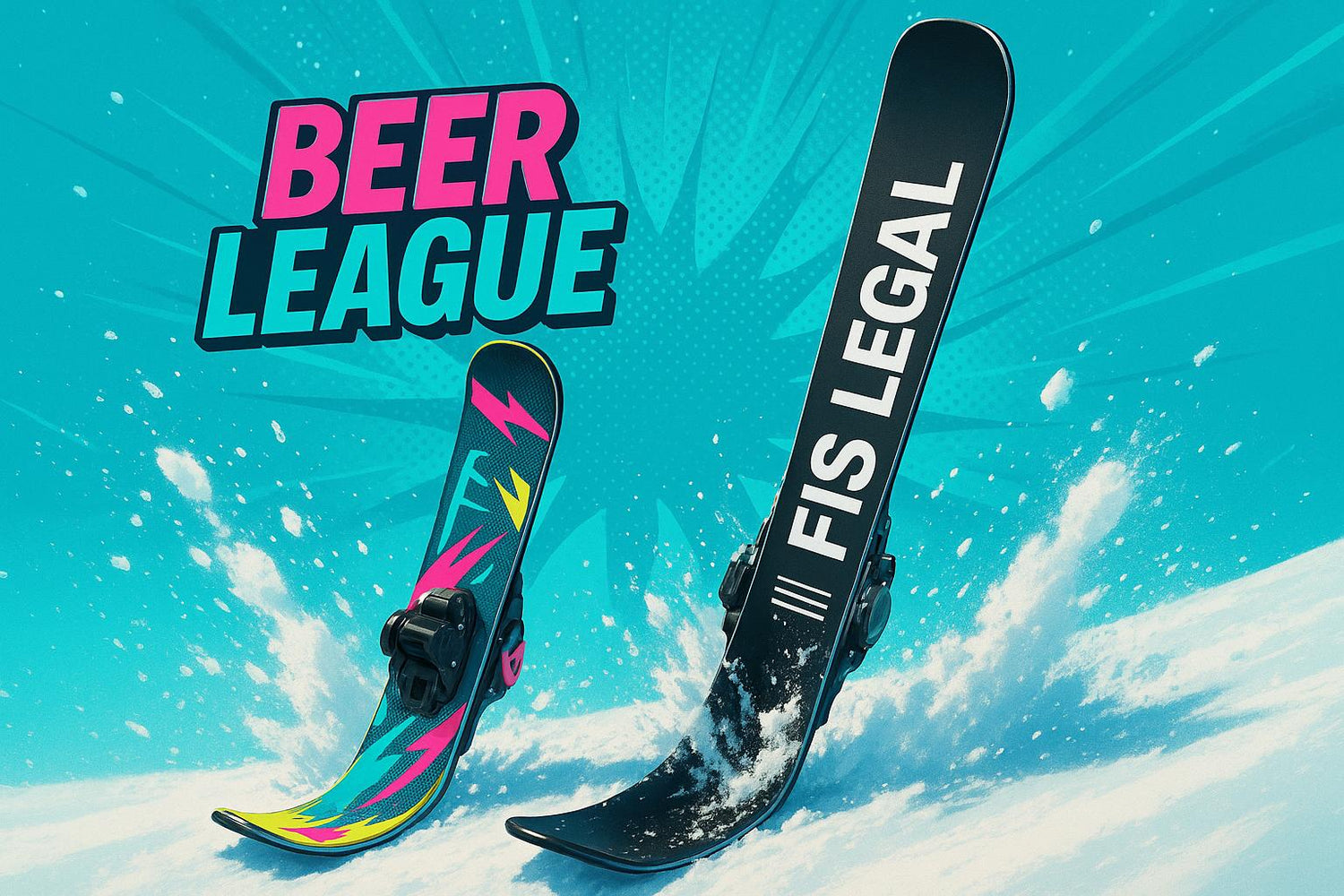
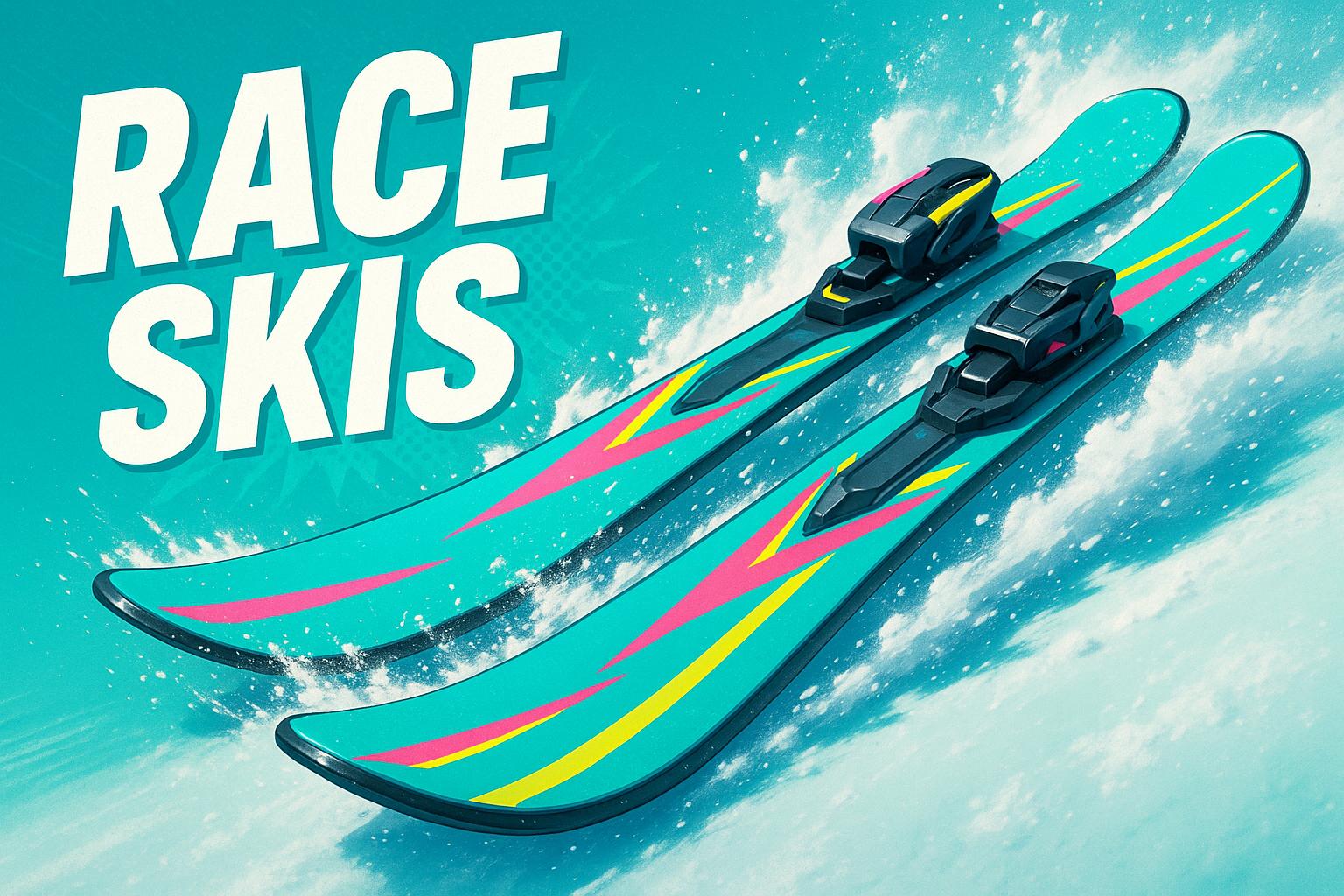
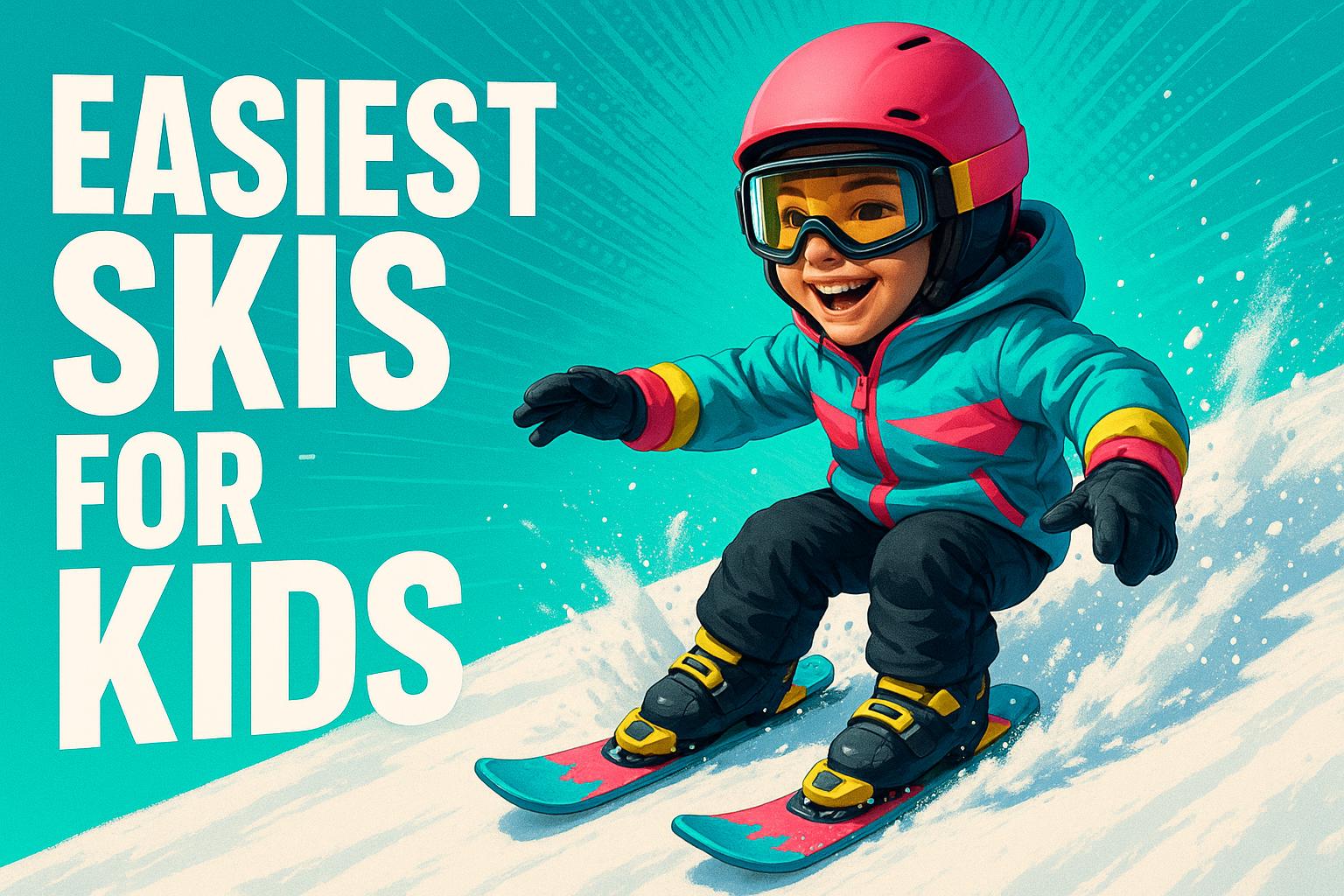
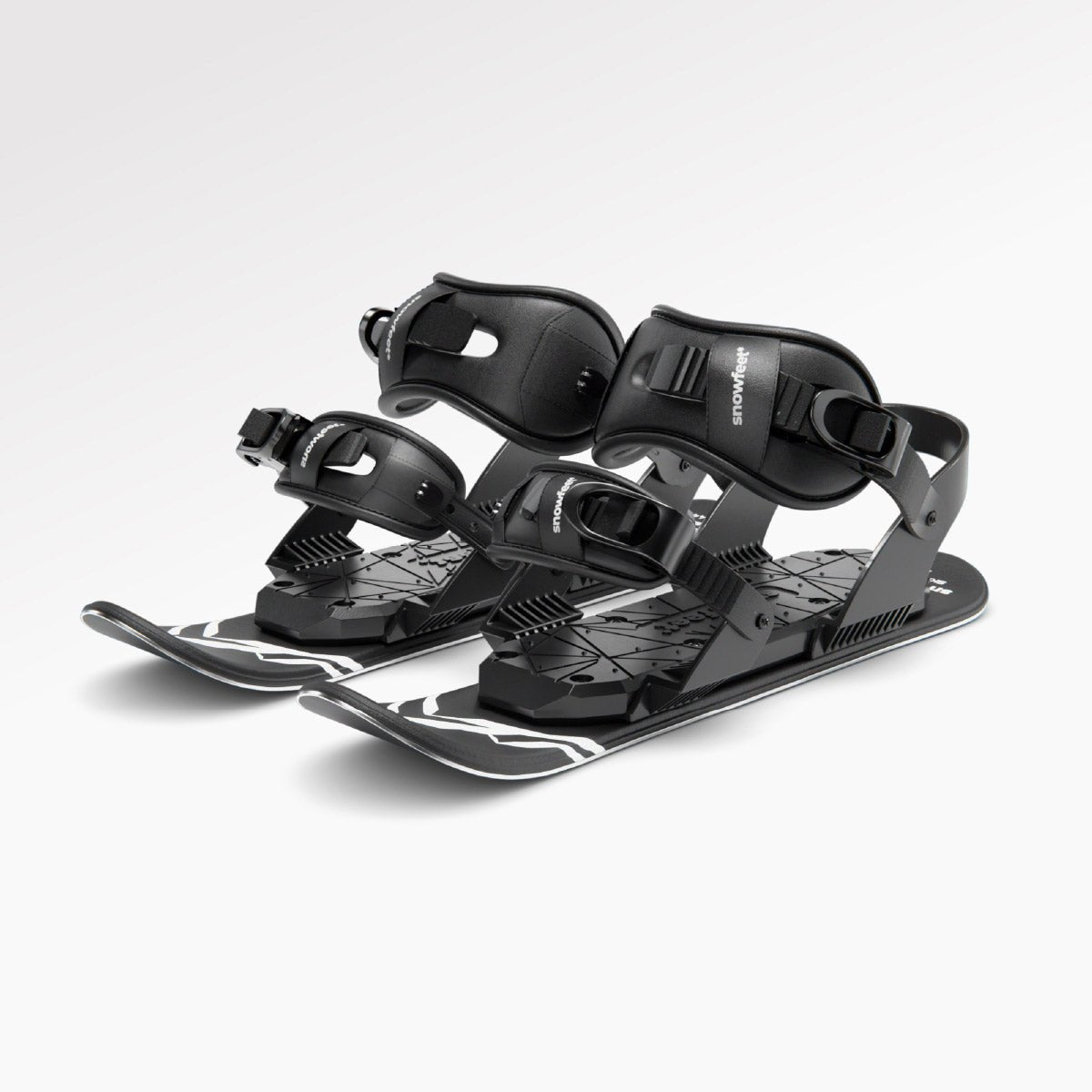
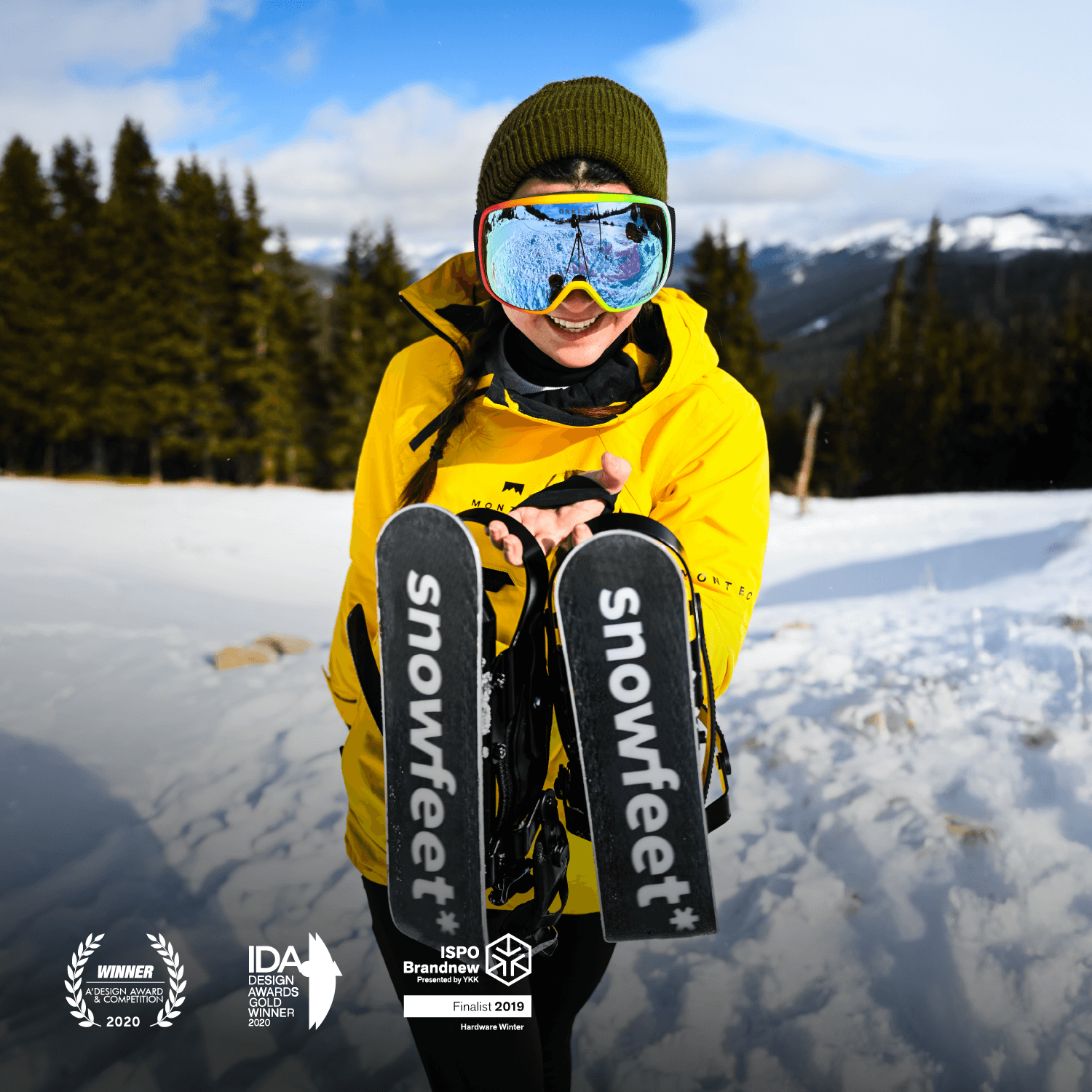
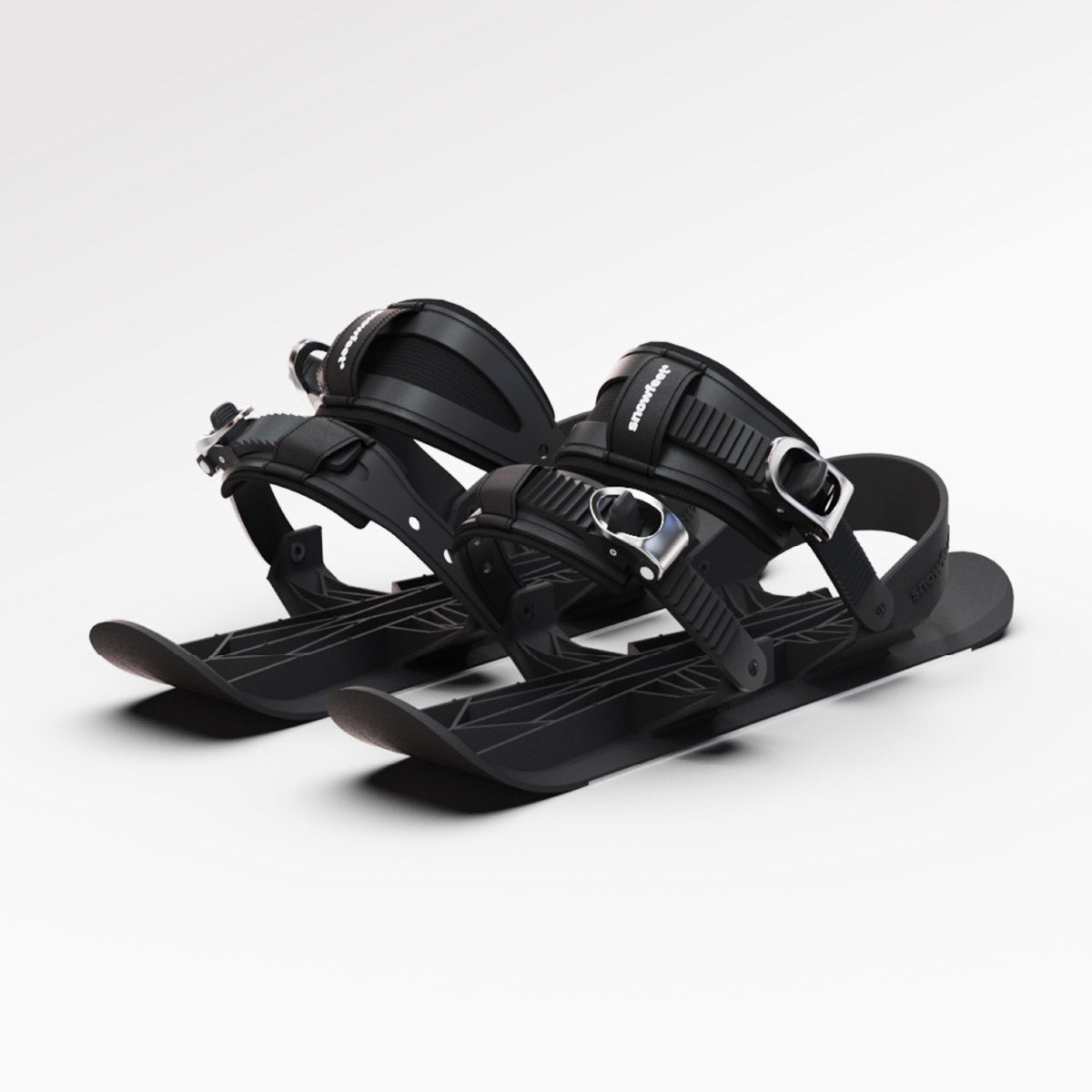

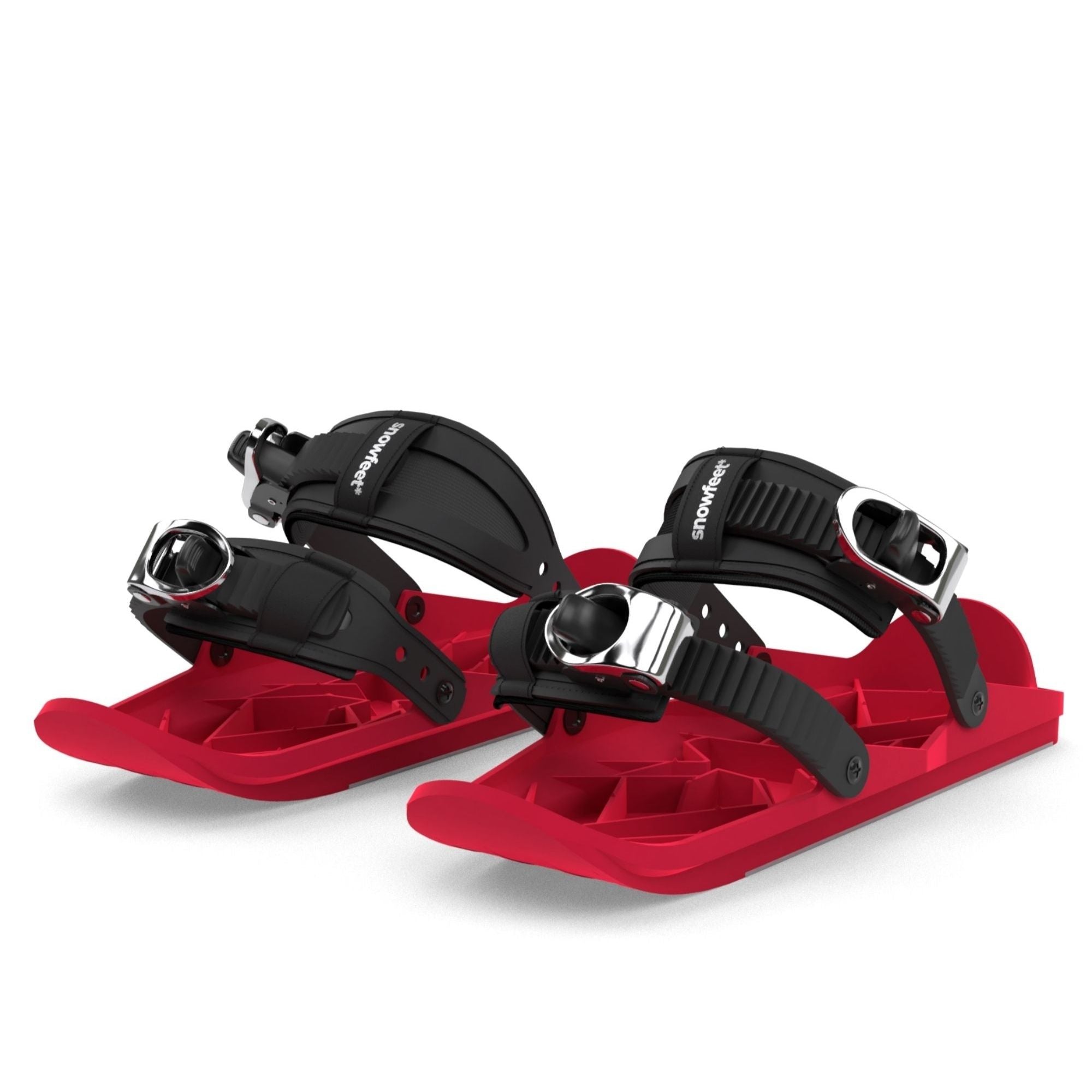
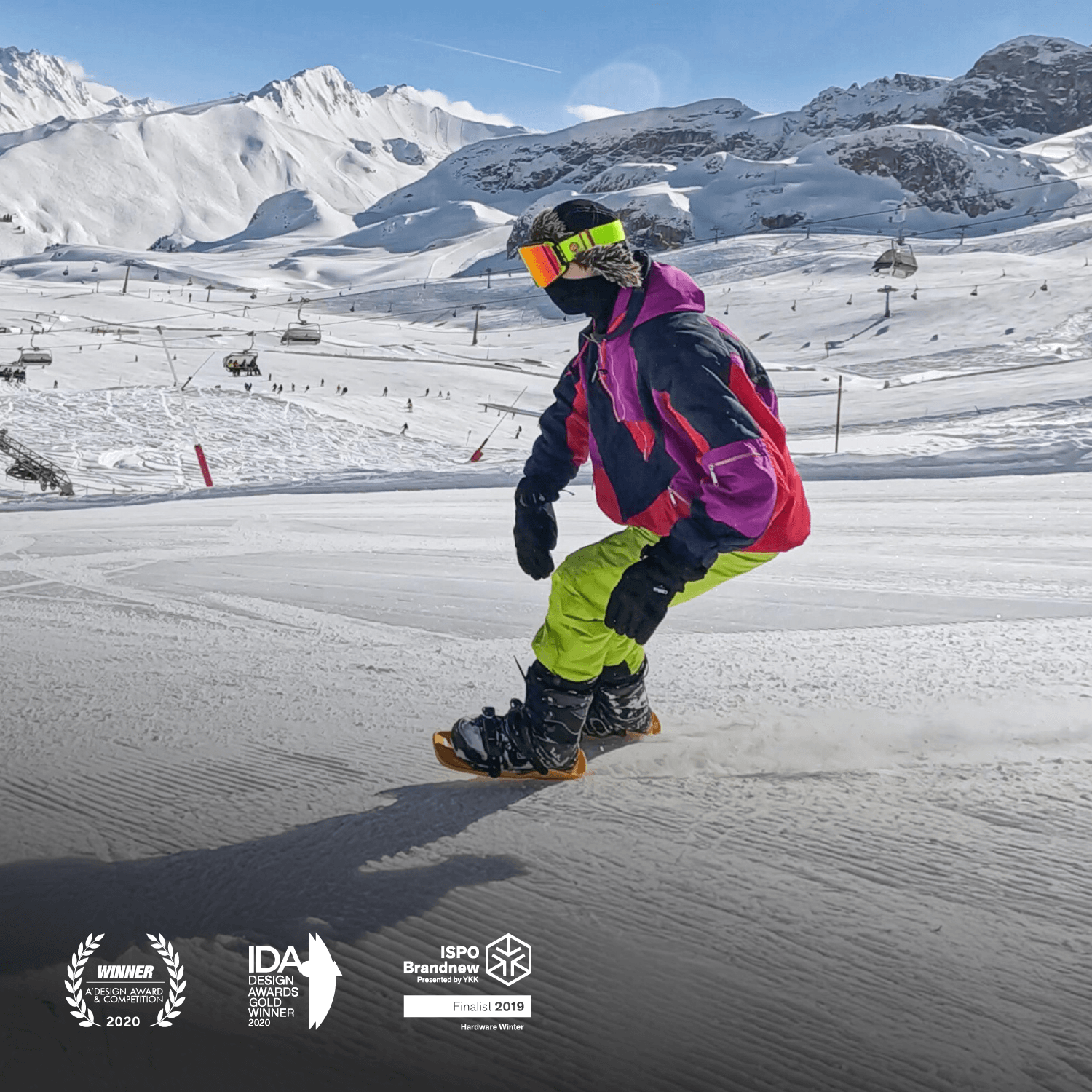


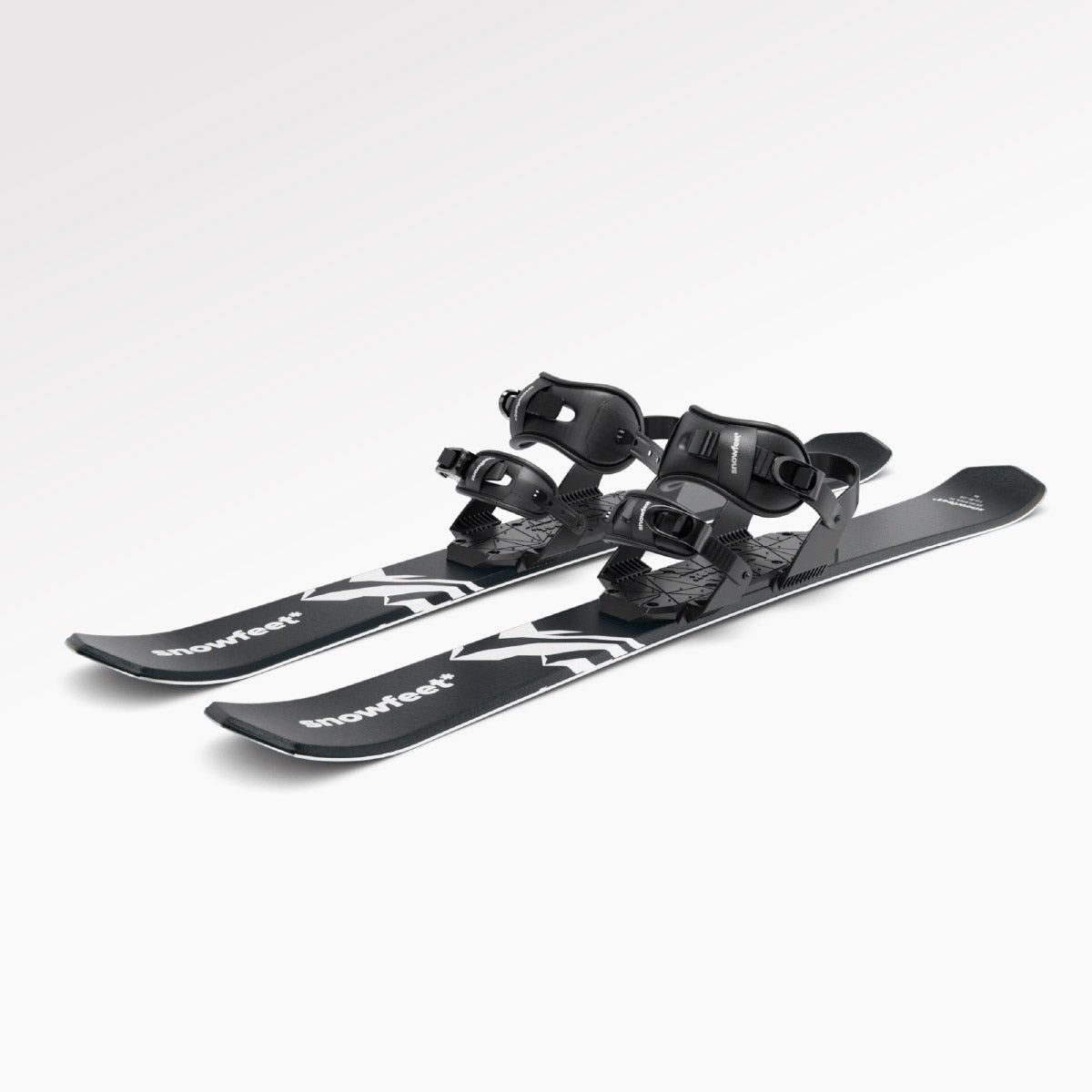
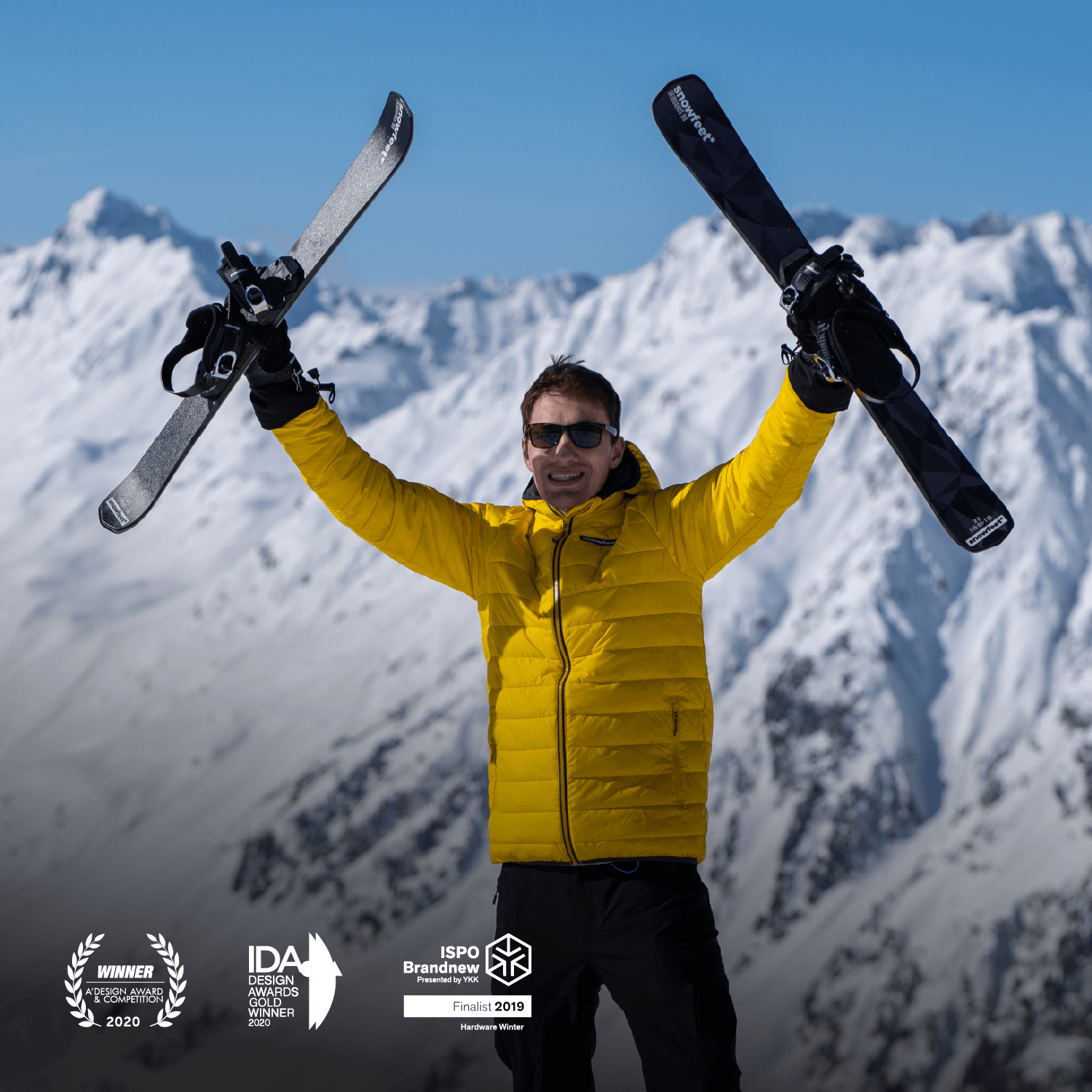
Zostaw komentarz
Ta strona jest chroniona przez hCaptcha i obowiązują na niej Polityka prywatności i Warunki korzystania z usługi serwisu hCaptcha.